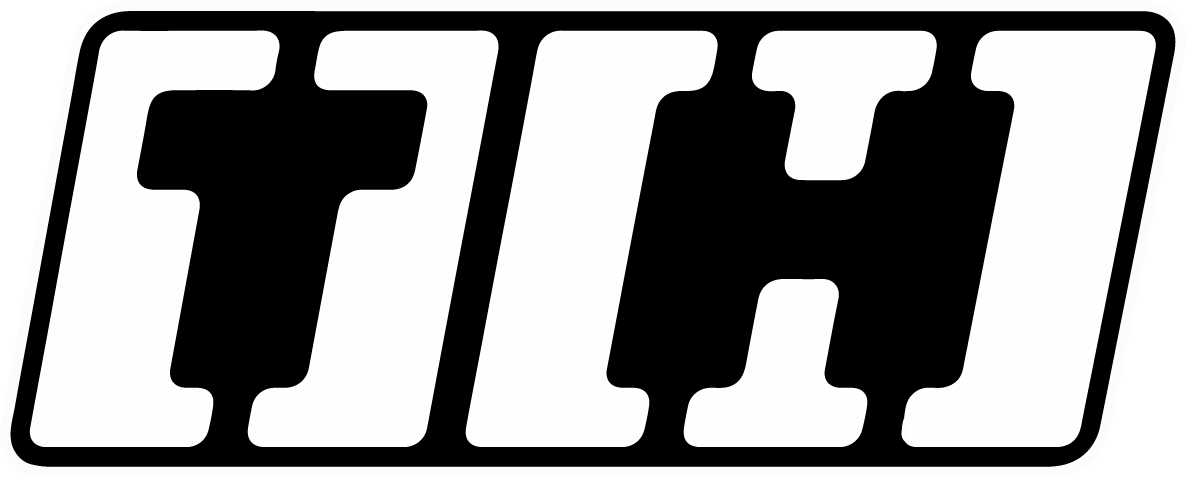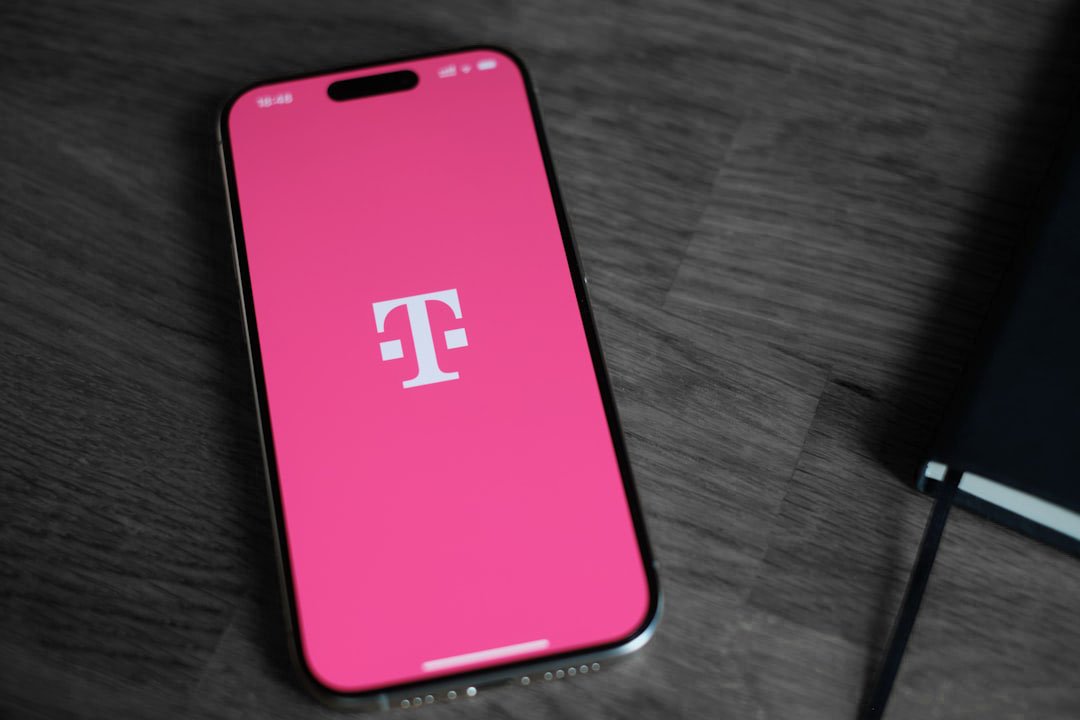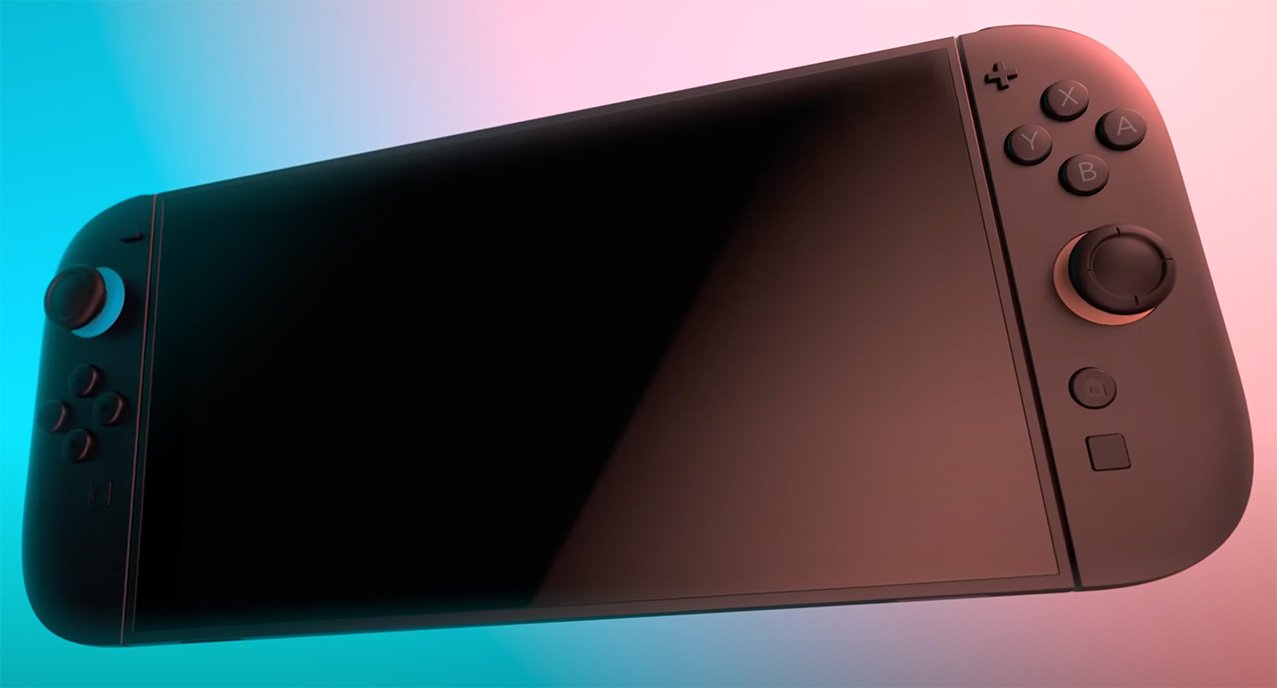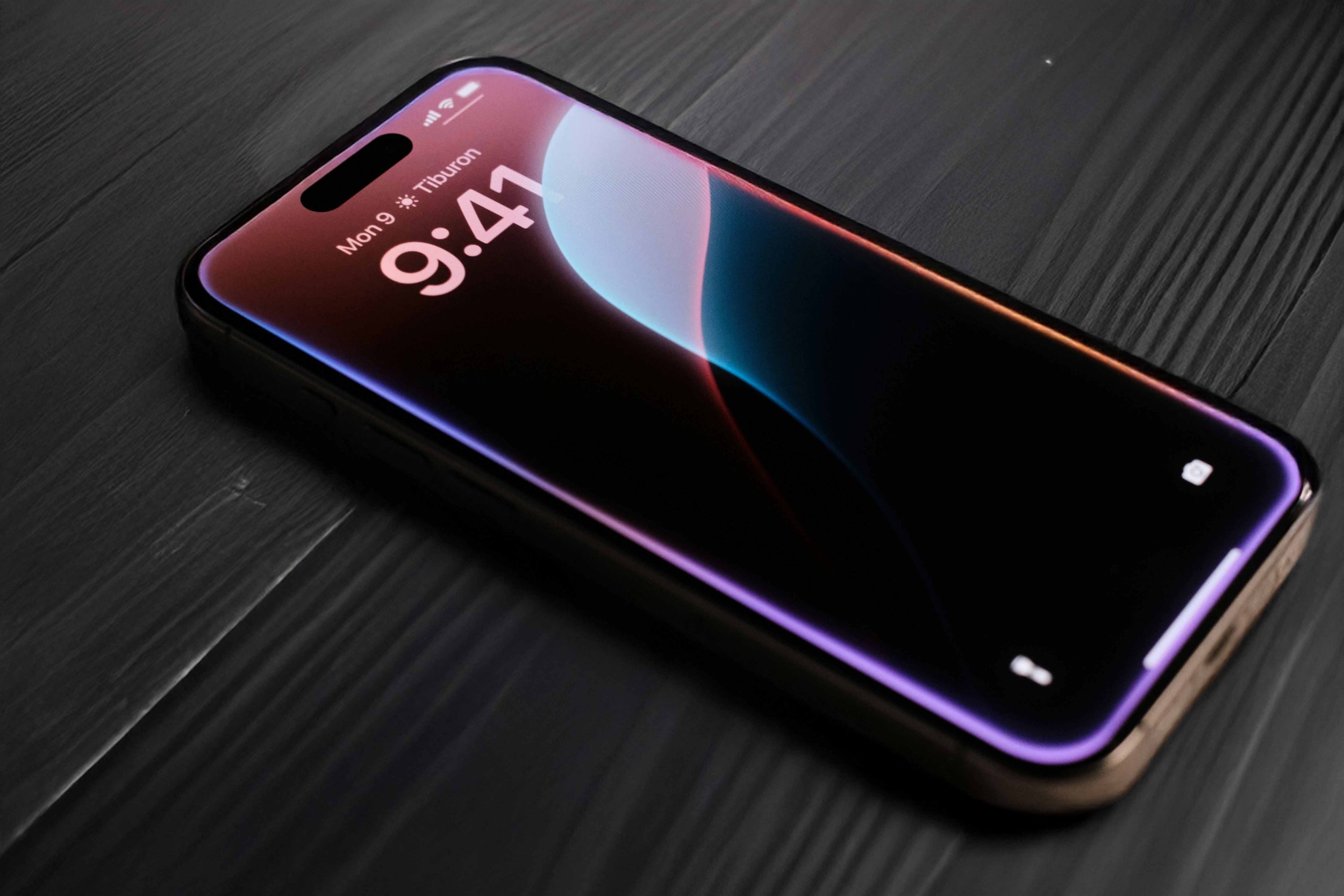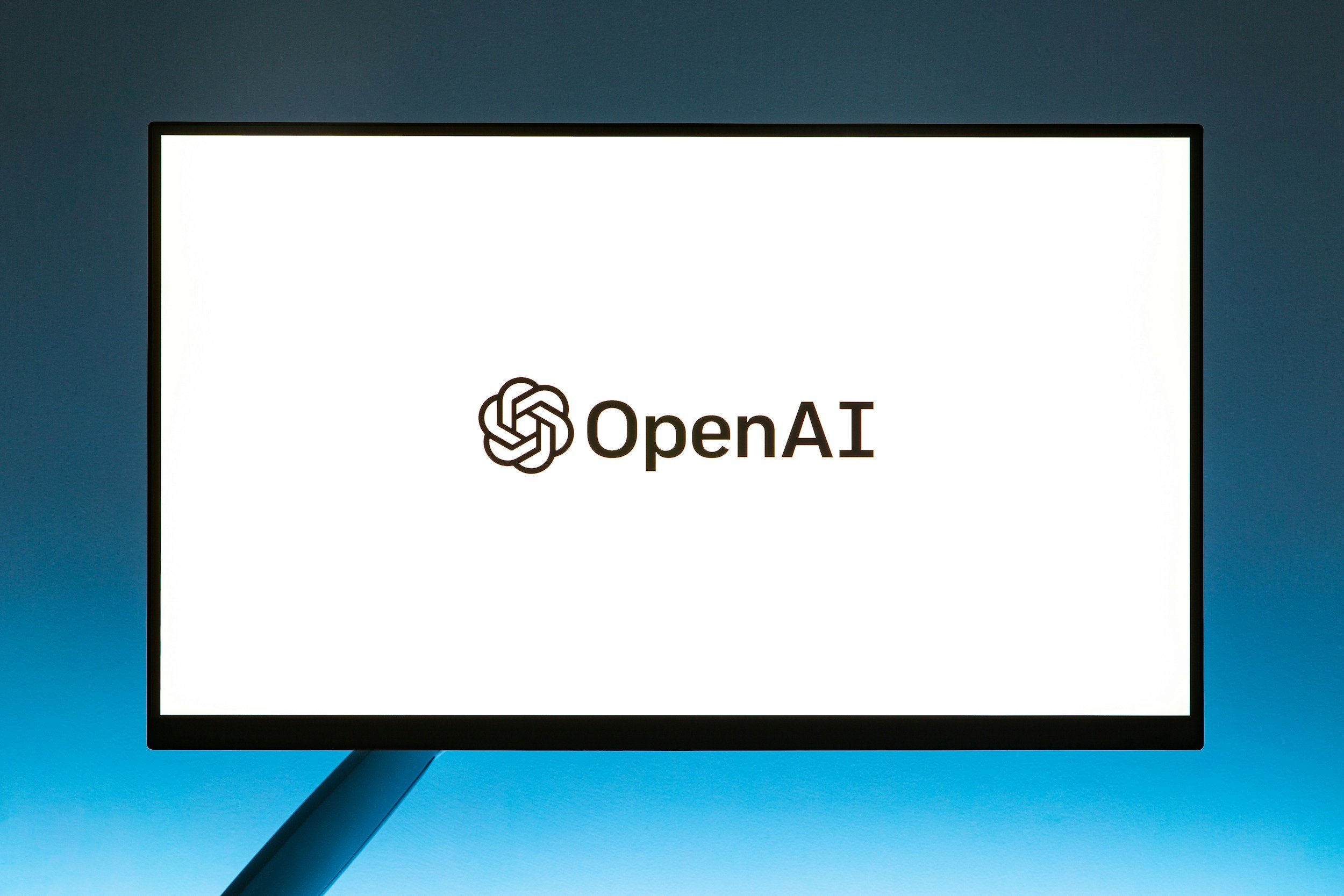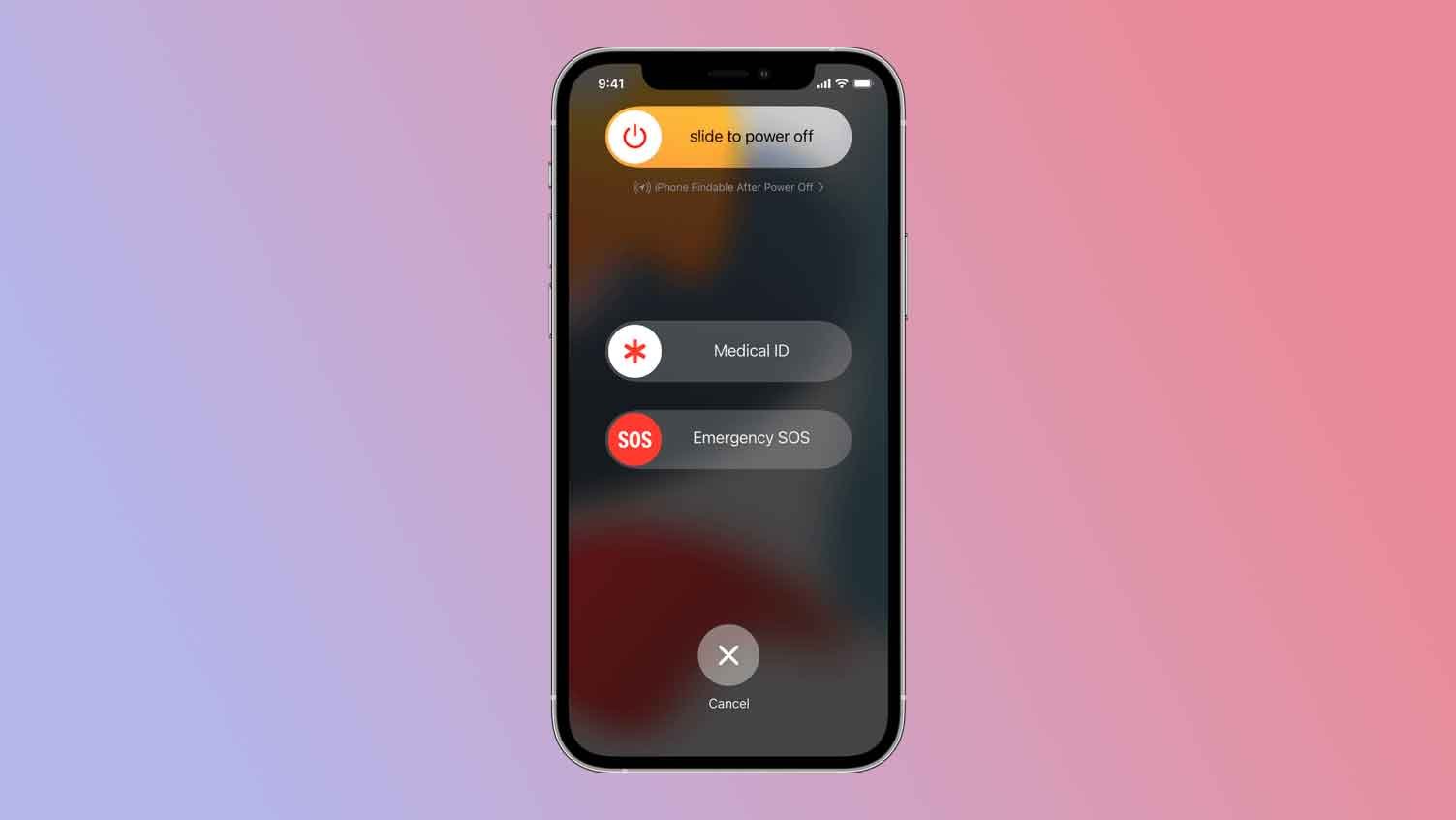Google Pixel 9a Is Here: Full Release Dates, Specs & What to Expect
Table of Contents Show
It’s that time again—Google’s new budget-friendly Pixel 9a is just about ready to drop. If you’re into mid-range smartphones (or just don’t feel like dropping $1,000+ on a phone every year), then this one’s probably already on your radar. Google’s latest device promises a polished new look, a huge battery, and a clever stack of AI features. Of course, there are some trade-offs—but we’ll get into those shortly.
So, here’s what you need to know about the Pixel 9a, without the fluff.
Pixel 9a Launch Date: When Can You Actually Get One?
Google’s finally announced the official release date for the Pixel 9a on its support page and has decided to shake things up with the launch schedule this year, rolling out the Pixel 9a in waves:
US, Canada, and the UK: April 10
Europe: April 14
Australia, India, Singapore, Taiwan, and Malaysia: April 16
Japan: Soon™
This earlier-than-usual launch—compared to the Pixel 7a (May 10, 2023) and 8a (May 14, 2024)—probably helps Google carve out some breathing room before their next big flagship event.
Wait, Why Was It Delayed Again?
The Pixel 9a was initially delayed because of what Google described as a “component quality issue.” Rumor mills (being rumor mills) hinted at overheating around the camera, possibly linked to the flat-back design. Google says it’s just a minor component fix, nothing major, and assures the phone’s ready to rock on schedule.
I’m thrilled to hear that there aren’t any widespread reports of overheating in real-world usage after the launch so far.
Price Check: Is It Worth Your Money?
The Pixel 9a sticks to its roots, keeping prices reasonable while packing in more tech:
| Storage | Price (USD) |
|---|---|
| 128GB (base) | $499 |
| 256GB (upgrade) | $599 |
Pretty refreshing, right? Even with upgraded specs, Google hasn’t raised the price from the previous model. With rising trends in mobile pricing (see T-Mobile Is Raising Prices Again in 2025), it’s refreshing to see Google keeping its mid‑range prices consistent. That means you’re getting more phone for your buck, even if you’re sacrificing a few bells and whistles along the way (we’ll talk about that soon).
A Brand New Design
The Pixel line’s distinctive “camera bar” has officially retired. Instead, the Pixel 9a sports a new, nearly flush camera island. At first glance, it might remind you a bit of Samsung’s recent designs—but in a good way. The flat back makes it easier to handle, slip into a pocket, or slide into a case without feeling like you’ve got a tiny skateboard ramp glued to your phone.
While we’re at it, let’s have a quick rundown of what’s new:
Screen: 6.3-inch Actua pOLED
Brightness: up to a blazing 2,700 nits (yes, that’s plenty bright enough to see in direct sunlight without squinting)
Refresh Rate: Smooth, adaptive 60Hz–120Hz display
Colors: Obsidian, Porcelain, Peony, and Iris
By the way, cases and screen protectors for the Pixel 9a are already available for purchase.
Google Pixel 9a Performance
Under the hood, you’re looking at Google’s own Tensor G4 chipset coupled with 8GB of RAM. It’s not flagship-level RAM, so Google had to scale down its on-device AI a bit. Meet Gemini Nano XXS—yes, that name sounds a bit like something you’d find in a vitamin aisle—but it’s Google’s lightweight AI that’s solid for daily tasks, minus some of the flashier features from pricier Pixels (sorry, no Pixel Screenshots or Call Notes here).
Still, you’re not entirely missing out. The 9a retains some cool photography-focused AI tricks, like Add Me and Magic Editor, that punch way above their weight in everyday use.
And don’t worry about battery life—Google threw in a hefty 5,100mAh battery. With support for 23W wired charging and 7.5W wireless charging, you’re looking at all-day battery life with some juice to spare for those late-night YouTube binges.
Notably, the Pixel 9a doesn’t include a charger, so be sure to pick up a fast USB-C charger like my favorite—the Anker Nano Charger—to get the most out of your new device. If you prefer a cordless charging experience, consider a trusted wireless charging pad to keep your Pixel 9a powered up without the clutter of cables.
What About the Cameras?
Pixels have always had a bit of a cult following for photography. The Pixel 9a doesn’t disappoint here, even with fewer megapixels than some of its predecessors:
Rear Cameras
Main lens: 48MP with optical image stabilization
Ultrawide lens: 13MP with 120° FOV
Front Camera
13MP selfie camera
Yes, that main camera’s resolution drops from the 64MP of last year’s Pixel 8a, but don’t get hung up on megapixels. Google’s computational photography is the real MVP here—combining powerful software with that solid f/1.7 aperture to deliver clean, detailed photos even in tricky lighting. And yes, fan favorites like Night Sight and Astrophotography mode are sticking around, letting you snap Insta-worthy photos, even if your nighttime shooting skills aren’t exactly Nat Geo level.
Software: Built to Last Until…2032?
The Pixel 9a ships with Android 15 straight out of the box, and Google’s promising seven years of OS and security updates. That’s a big deal. In smartphone years, that’s practically a lifetime warranty. So your Pixel will be current long after today’s latest and greatest are museum pieces.
Wrapping Up: Should You Be Excited?
If you’re after a solid, affordable phone that doesn’t feel “cheap,” I think the Pixel 9a nails it. It’s got Google’s intuitive software, sleek new design, a big battery, and photography chops that punch way above its weight.
For people looking to upgrade without feeling buyer’s remorse—or for families hunting for that perfect first phone for the kids—Google’s new mid-ranger is genuinely hard to beat. The Pixel 9a proves that sometimes, practicality really can outshine flashier (and pricier) flagship models. That being said, we still have to wait for the final release in order to thoroughly test and see if these estimations are indeed accurate and hold true.
So, keep an eye out starting April 10 on Google’s store and your favorite retailers.
What do you think?
Are you team Pixel 9a, or are you holding out for something else? Let me know your thoughts, questions, or hot takes in the comments below—I read them all.
And if you liked this breakdown and want more no-nonsense takes on the latest tech, phones, and AI tools, subscribe to my tech newsletter. It’s free, spam-free, and delivered straight to your inbox with a side of sarcasm.
Thank you very much for reading—I’ll see you around.
FAQ
-
April 10 in the US, Canada, and UK.
April 14 in most of Europe.
April 16 in Australia, India, and select Asia-Pacific regions.
Japan? Still waiting on a firm date, but Google promises it’s on the way.
-
$499 for the 128GB model
$599 for the 256GB model
No surprise fees, but also no charger in the box. More on that below.
-
Four: Obsidian (black), Porcelain (off-white), Peony (pink-ish), and Iris (light purple).
Yes, it’s the most pastel Pixel lineup yet. No, there’s no neon green version (yet).
-
Yep! It supports Qi wireless charging at up to 7.5W.
Just don’t expect lightning-fast speeds—this is more of a “top off overnight” situation.
-
Nope. Just a USB-C to USB-C cable and a healthy dose of corporate minimalism.
If you don’t already have a 23W+ USB-C charger lying around, you’ll want to grab one.
-
Because of its lower RAM (8GB), it runs a scaled-down version of Gemini Nano called Gemini Nano XXS—adorable name, limited powers.
That means you won’t get:
Pixel Screenshots
Call Notes
Multimodal Gemini features (like answering questions based on images)
But you do get:
Magic Editor
Add Me
Circle to Search
Best Take
Basically, the fun stuff for photos sticks around.
-
It’s actually good—full stop.
You’re getting Google’s image processing magic, Night Sight, Astrophotography, and a reliable 48MP main sensor. Most people won’t miss the Pro features unless they’re deep into mobile photography (or pixel-peeping for sport).
-
Absolutely. Google promises seven years of Android OS and security updates, which is borderline unheard of in the sub-$500 phone world.
You could buy this in 2025 and still be getting updates in 2032, which is wild.
-
If you want a clean Android experience, solid performance, and amazing photos for under $500 now, get the 9a.
If you want bleeding-edge features and have cash to burn—or just like waiting for no reason—maybe hold out. But spoiler: there’s always a “next Pixel” around the corner.
MOST POPULAR
LATEST ARTICLES
